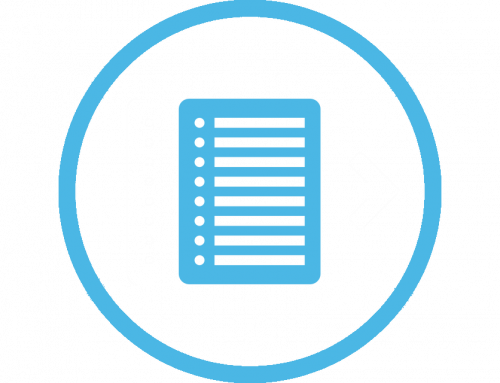This deliverable describes the CS-AWARE Framework by defining the building blocks, the interfaces between them and the relevant information flows. By outlining the high-level relations between the modules and how they will be designed on a basis for further development and more detailed specifications in the upcoming work packages is provided, all in-line with the agile software development methods applied to this project.
The first step in developing the framework was to assess the current technical specifications and degrees of flexibility of the technologies to be used. Since all tools are developed by consortium partners there were no limitations detected. Nevertheless, it was essential to define general requirements for the CS-AWARE solution and how information is to be shared among the components and which data transformations might be required. This is described in the framework by using diagrams of various abstraction levels – beginning with a high-level overview of the main technology concepts and providing more detail in thematically differentiated levels. A three-layered division based on the modules’ functions was chosen to more optimally visualise the framework and the respective relations: Data Extraction, Data Transformation and Data Provisioning. A complete overview of all the layers and their respective components can be found in Annex 1.
To ensure all partners share a common understanding of the interactions between their technologies, the interface definitions were specified on a high-level basis, defining their subcomponents and data formats to be used. These details are described in the framework based on the I/P/O model, input – process – output, for each component individually.
The CS-AWARE Framework is to be considered a basis for all further project related software architecture and implementation efforts. It describes the main components
System Dependency Analysis, Data Collection, Data Pre-Processing, Data Analysis and Pattern Recognition, Multi-Language Support, Visualisation, Self-Healing and Information Sharing
and their relations
data flow, control flow and guidance.
One of the first aspects analysed for this framework were the relations between the components and what defines them. It became clear that while all can be summarized under the term ‘information flow’ they differ in content. The differentiation was made between data and control flow, where the first describe actual data transfer for analysis purposes and the latter conceptual and logical information which has influence on the execution of the receiving component. The last relation, that of guidance, represents a relation where one component has an extensive effect on another and its setup.
As with any IT related project, the chosen formats and guidelines represent the current state-of-the-art and may be subject to change. Should this be the case, these alterations will be reflected in the deliverables of WP3 or WP4.

